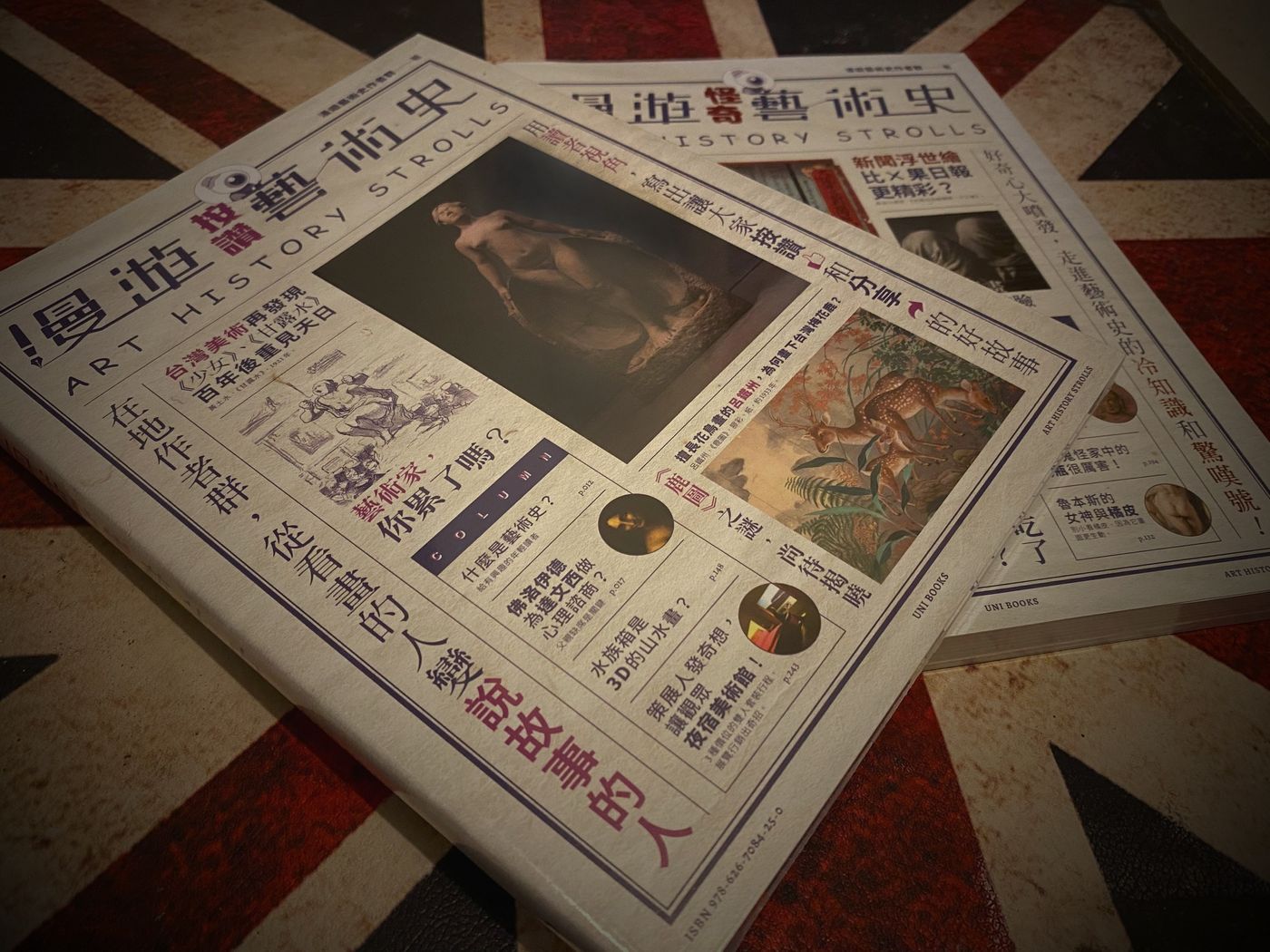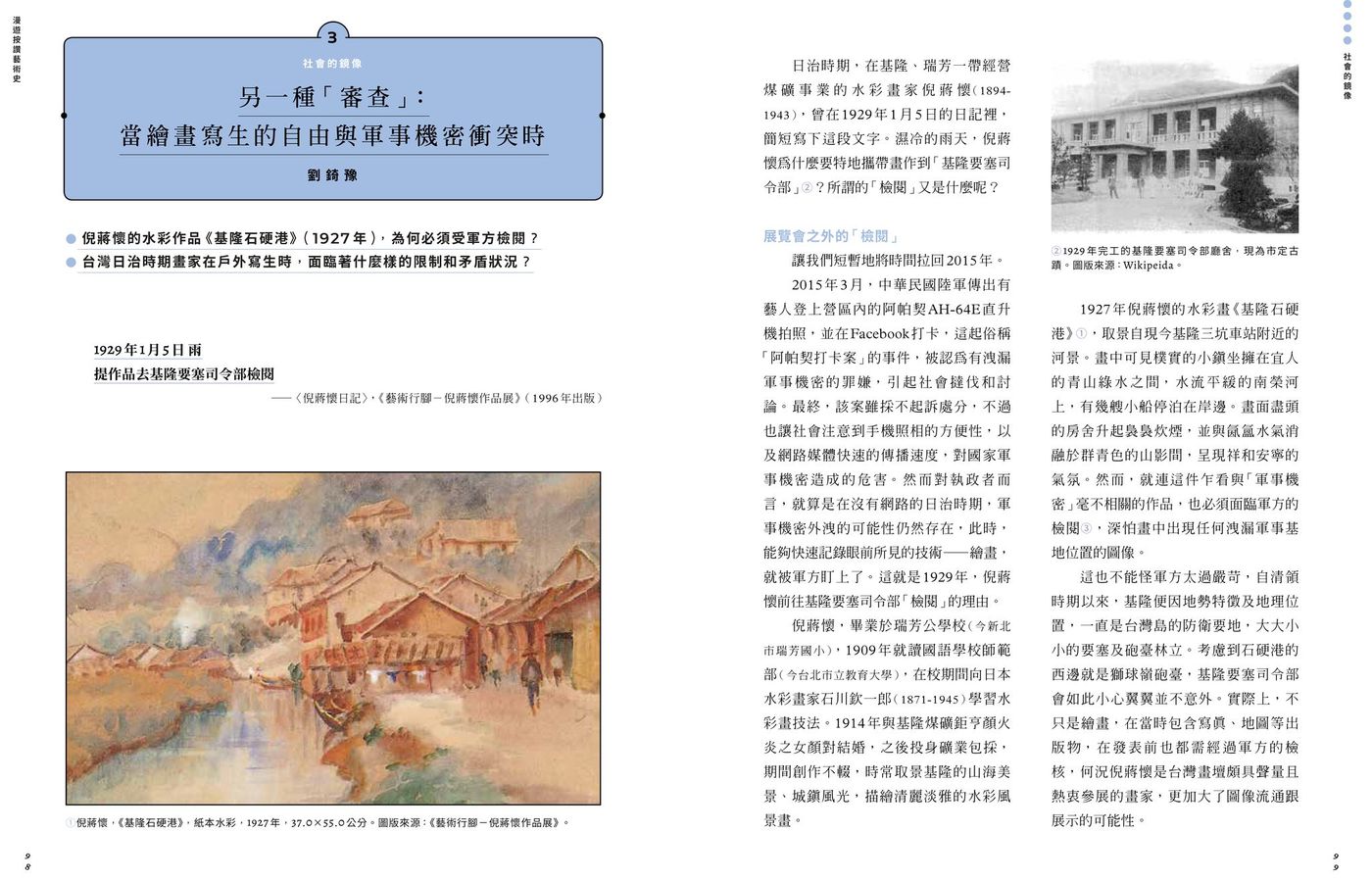The Loud Art History Writing: "Wandering Like Art History" and "Wandering Strange Art History"

Today, I received two books, " Roaming Art History" and "Roaming Strange Art History" from Roaming Art History. The two books together include dozens of art knowledge articles published on Roaming Art History blog, as well as several articles. New article first published in the book.
The content of the book can be described as varied, ranging from how to understand the discipline of art history, to the interaction and extension of art history and contemporary issues such as social consciousness, self-identity, market mechanism, gender, body, fashion, and cross-border. At first glance, they appear to be unrelated to each other, but in fact there is the possibility of implicit dialogue, which makes the two books form a field of speculation.
As the editor-in-chief Professor Zeng Shaoqian said: "We watch and talk about art history from the perspective of ordinary people, rather than praise the immortal masterpieces of genius. In other words, we do not want to deify art history, nor do we want to raise the value of art history researchers. "Through the collective voice of Taiwanese authors from different fields, the many possibilities of art history are revealed.
Among them, the part involving the history of Taiwanese art, the two books contain a total of more than ten articles, covering the Japanese occupation period, post-war and contemporary times, and the scope is very wide. The five-chome article was notified for inclusion at the beginning of the year. The title "Another "Censorship" - When the Freedom of Painting and Sketching Conflicts with Military Secrets' is the accidental result of the five-chome research on the development of Taiwan's watercolor painting during the Japanese occupation period, combined with the study of Japanese painter Nasu. The survey results of Yacheng's travel and creation. This article attempts to deconstruct the limitations and contradictions that artists faced in their sketching and creation at that time through the experiences of three artists who were active in Taiwan: Ni Jianghuai, Nasu Yacheng and Kinoshita Jingya. During the Japanese occupation period, painters were initially encouraged to sketch creations with local colors of Taiwan. With the advent of the war, they were required to paint works with war colors. However, in the process of sketching, the painters had to accept the military or customs police. Critical review. Different from the taste of exhibition censors, this kind of "censorship" from the will of the colonial government also dominated the development of Taiwan's art history.

In addition to 5-chome, the authors of this set of books also include scholars, university professors, master and doctoral students, art museum and gallery workers, magazine editors, etc., including writers who have worked together in different fields to write about Taiwan's art history. The writing style and point of view are believed to satisfy readers of most orientations. In addition, each article also appends units such as "questioning" and "extended thinking" that are common in art textbooks, which can also help readers sort out the problem awareness in the article.
In a word, the two books "Roaming Like Art History" and "Roaming Strange Art History" published by Uni-Books Origin Publishing have both been listed. Attached is the official publication link and introduction:
What the hell is art history doing? Who is suitable to study art history? If cooking is used as a metaphor for art history research, some ingredients are always sold out of stock, and some are not very popular. I didn't expect aquarium landscaping to be related to art. What is the relationship between reclining and aquascaping? In fact, the fish farming techniques and leisure appreciation culture of the literati in the Ming Dynasty were not as good as those of today's people? Are you sure it's an apple? What good food did Eve give Adam? I didn't expect that good morning pictures are also related to art! It was even put into the mock test paper by Sanmin textbook as a reading group. From Taiwanese art, art history to the art market, all the classic propositions lead to the most curious art knowledge of art, from strange paths and secret paths to the exclamation mark of art history!
Dayan Publishing Base: https://reurl.cc/n11nvX
Eslite: https://reurl.cc/vdd5vN
Blog from: https://reurl.cc/Kbbxdj
Jinshitang: https://reurl.cc/M00Z63
Like my work? Don't forget to support and clap, let me know that you are with me on the road of creation. Keep this enthusiasm together!



- Author
- More